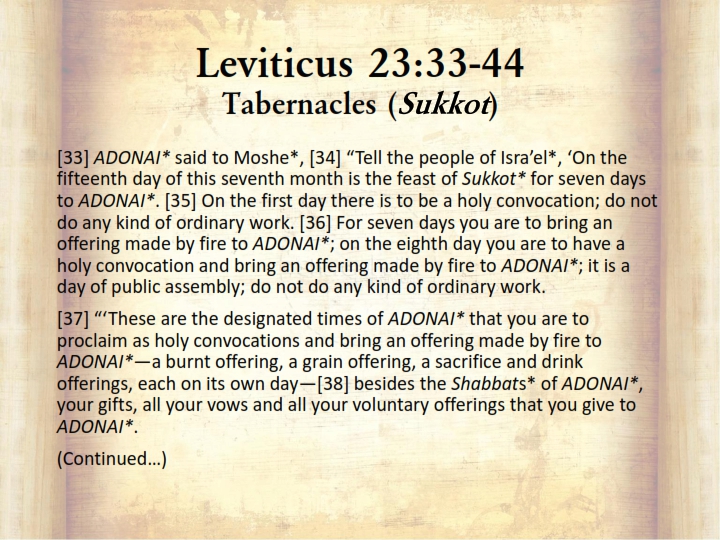
Everyone has heard the jokes about an apprentice mechanic being sent to fetch a “left-handed monkey wrench”. I’m sure that has happened many times in the military, in real life. I saw my share of such practical jokes when I was in the Navy. Some were way crueler than the monkey wrench standby. Most were pretty harmless.
One that I personally observed comes to mind from a 1969 Naval cruise. I was a midshipman (an officer recruit) at the time, doing a 2-week cruise on a destroyer, the USS O’Brien, DD-725, which was based in Long Beach at the time.

Late one night I was in CIC (the Combat Information Center where all the radar and sonar operators worked), and we were just transiting from one place to another, with nothing else going on. That’s when a lot of the housekeeping chores are done. The guys that do most of that are new enlisted recruits—and “strikers“. Strikers are the guys who have started training for a specialty, or “rating“. Some recruits strike right out of boot camp; others go to the fleet for a while as “unrated seamen” (or “airmen” in the flying Navy).
That night a radarman striker was put to work cleaning the faces of radar scopes. Well, there happened to be a Chief Petty Officer on duty, and he says, “Hey, striker, if you’re going to do that, do it right. Tonight, give them a good steam cleaning.”
“Sure, Chief. Where do I get steam?”
The Chief, looking totally disgusted, says “How long have you been in the Navy, striker? Where do you think you get steam on a Navy ship? The boiler room!”
Big, non-nuclear ships burn NSFO (Naval Special Fuel Oil, which is barely refined crude oil) which heats the boilers, to make steam, to turn the turbines, to spin the propellers and the power generators. So, the striker goes down to the boiler room in the depths of the ship. Meanwhile, the Chief calls his counterpart in the boiler room, on the ship’s telephone, and tells him what’s going down. When the striker gets below, the boiler crew gives him a hard time about not bringing a container to put the steam in; then they find an old bucket, open a steam cock and blow steam into the open bucket.
The guy comes back up to CIC carrying this open bucket, which of course is empty, steam being a gas. The Chief puts his hand in, then pulls it out, with nothing in it. He gives the striker a cold stare and says, “It all leaked out, idiot; don’t you know enough to put a lid on it?”
The striker goes back below with the bucket, and a boilerman looks around, can’t find a lid, but comes back with an old pair of dungarees they’ve been using for a rag. He fills the bucket, this time with hot water that hasn’t yet boiled away, as well as steam, and he wraps the dungarees around it to “close the bucket.”
The guy comes back up to CIC, where the Chief takes the bucket, carefully peeks under the wrapping, then peels it off and thrusts the bucket back to the striker. Poking his fingers into the now warm water and rubbing them together under his nose. “That’s DEAD steam! Finish the job the way you were doing it, and we’ll find someone with a brain to do the steam cleaning next time.”
True story, the way things were when I was Navy.




